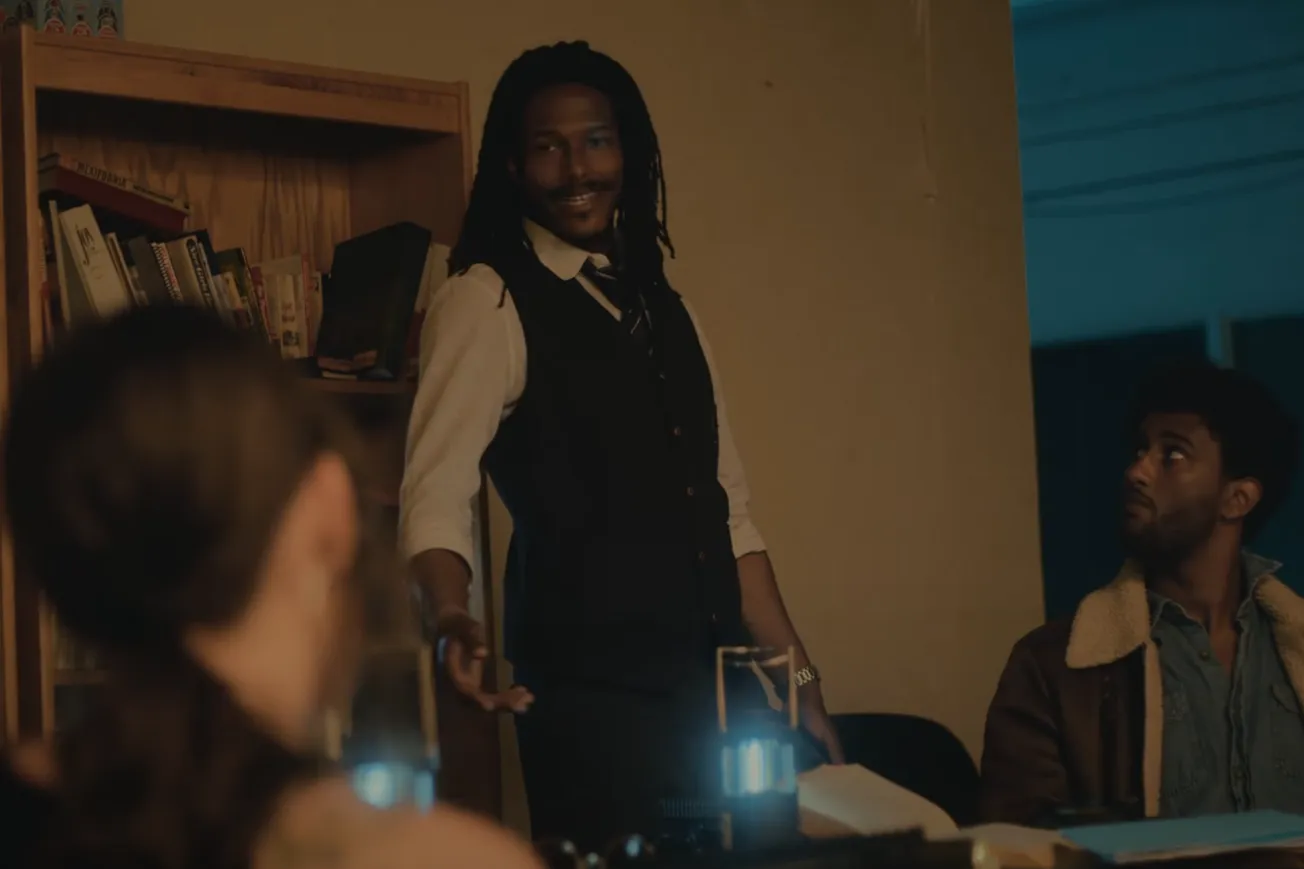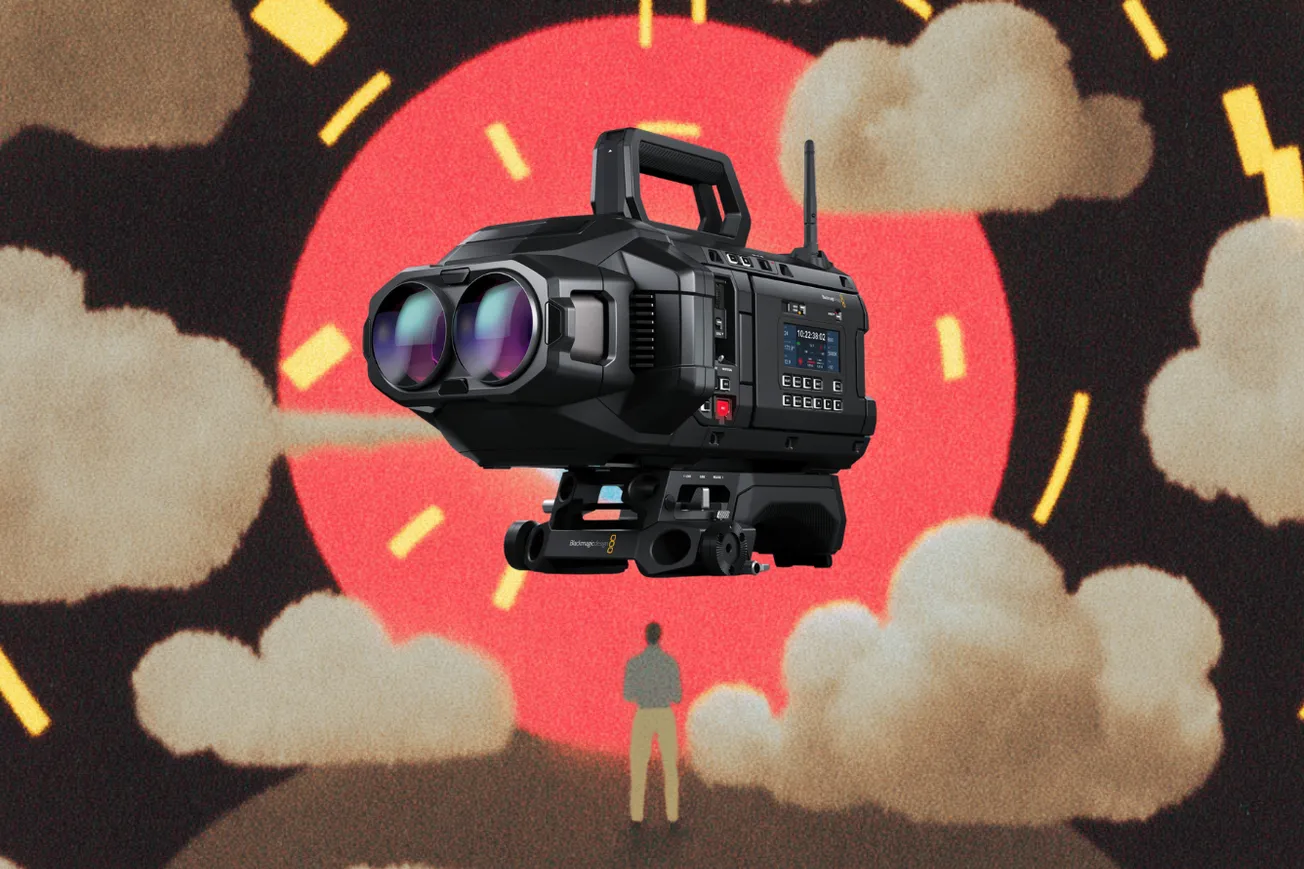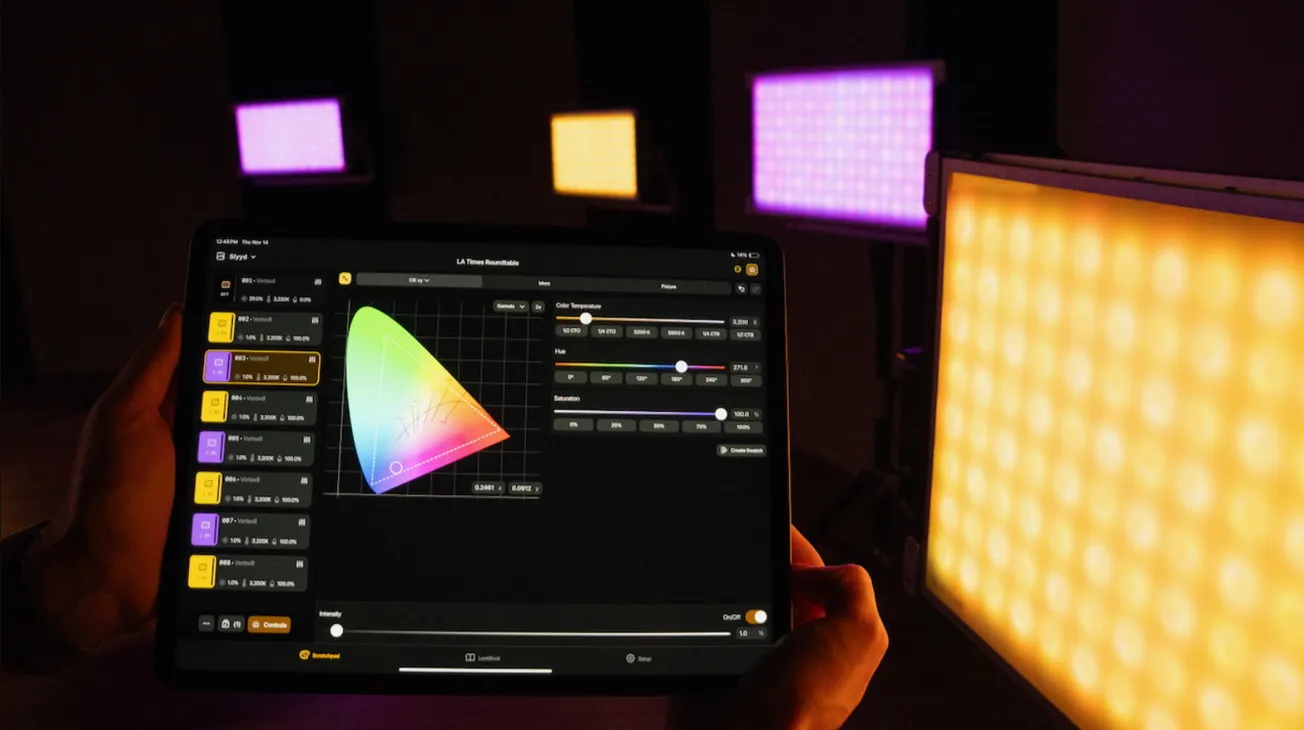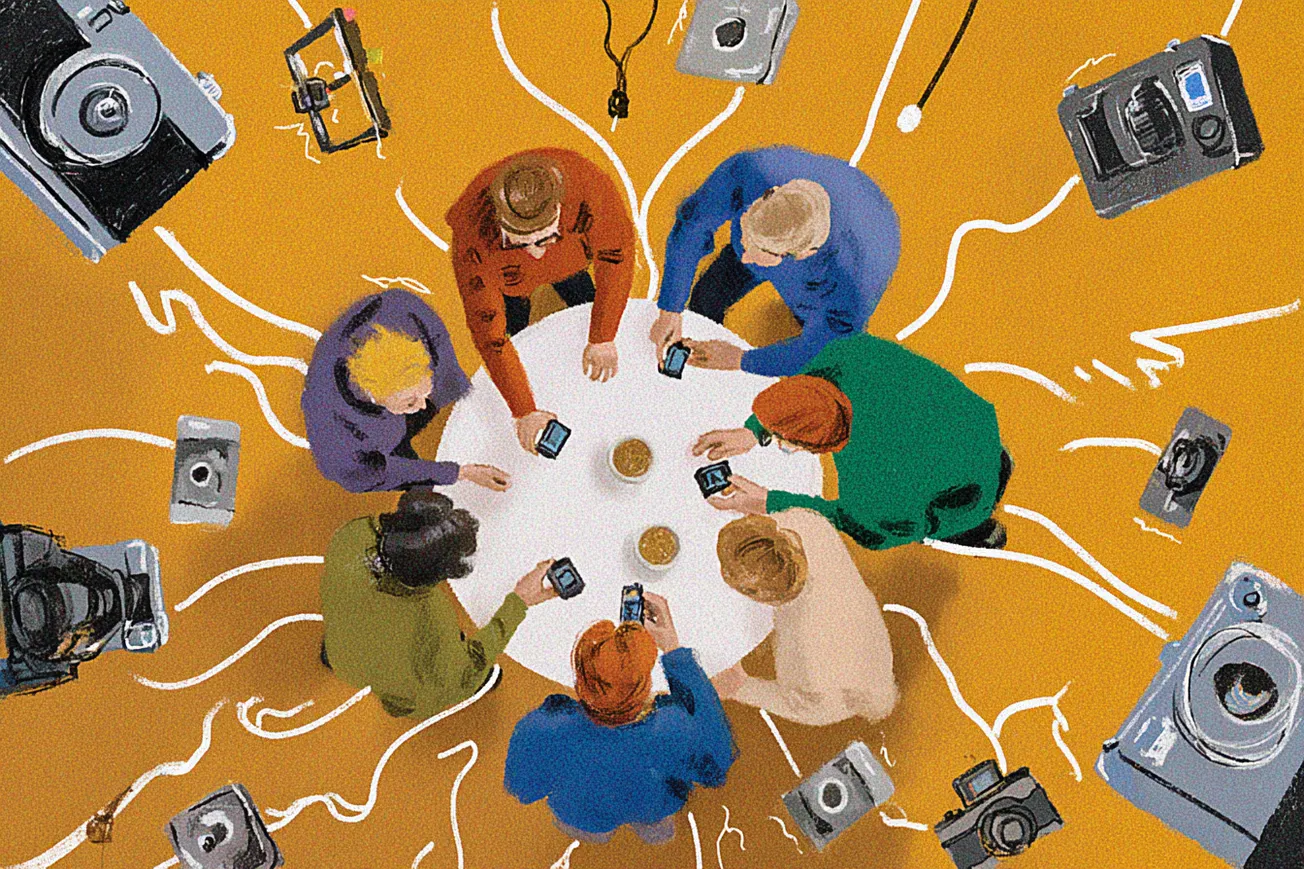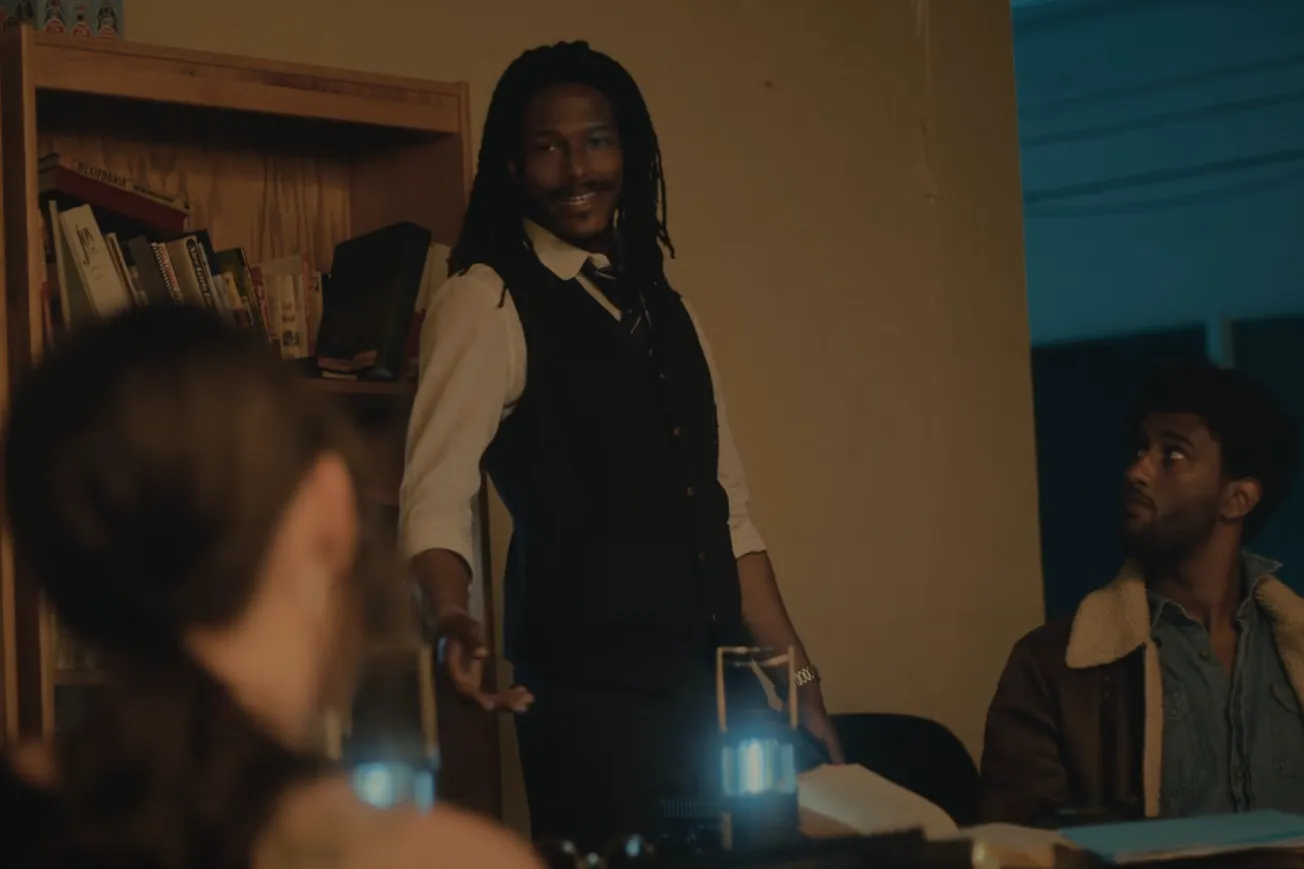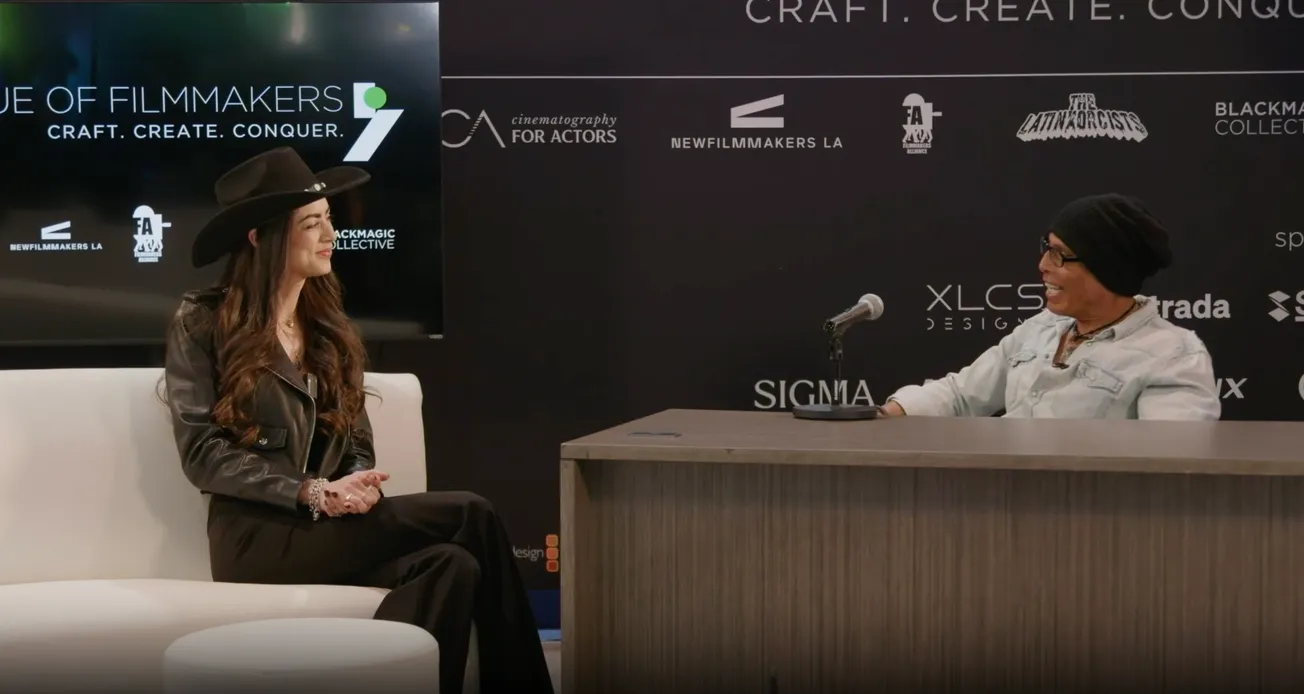Table of Contents
Three Key Takeaways:
- Navigating the challenges of shooting a supernatural thriller in a single day required not only technical skills but a strong sense of camaraderie and clear communication among the crew.
- Vintage lenses can lend a surprising visual quality to digital footage, as evidenced by the unexpected image results from the Blackmagic Pyxis 6K camera.
- Embracing the unexpected on set, like malfunctioning props, can lead to creative solutions and memorable filmmaking experiences.
In the bustling heart of Los Angeles, filmmaker Jonathon Davis and his passionate team embarked on a thrilling cinematic journey with their short film, A Thin Line Between Love and Blood. A winner of the CFA Quarterly Film Challenge, this supernatural thriller showcases Davis's dedication to storytelling and his team's impressive technical prowess. As the writer and director, Davis harnessed the collective creativity of a diverse crew, including Marine veteran and cinematographer Jerry Swift, and a committed cast led by Omar Hussein and Meghan Magoun. In this interview, Davis shares insights into the filmmaking process, the unexpected surprises on set, and the lessons learned from this whirlwind project.
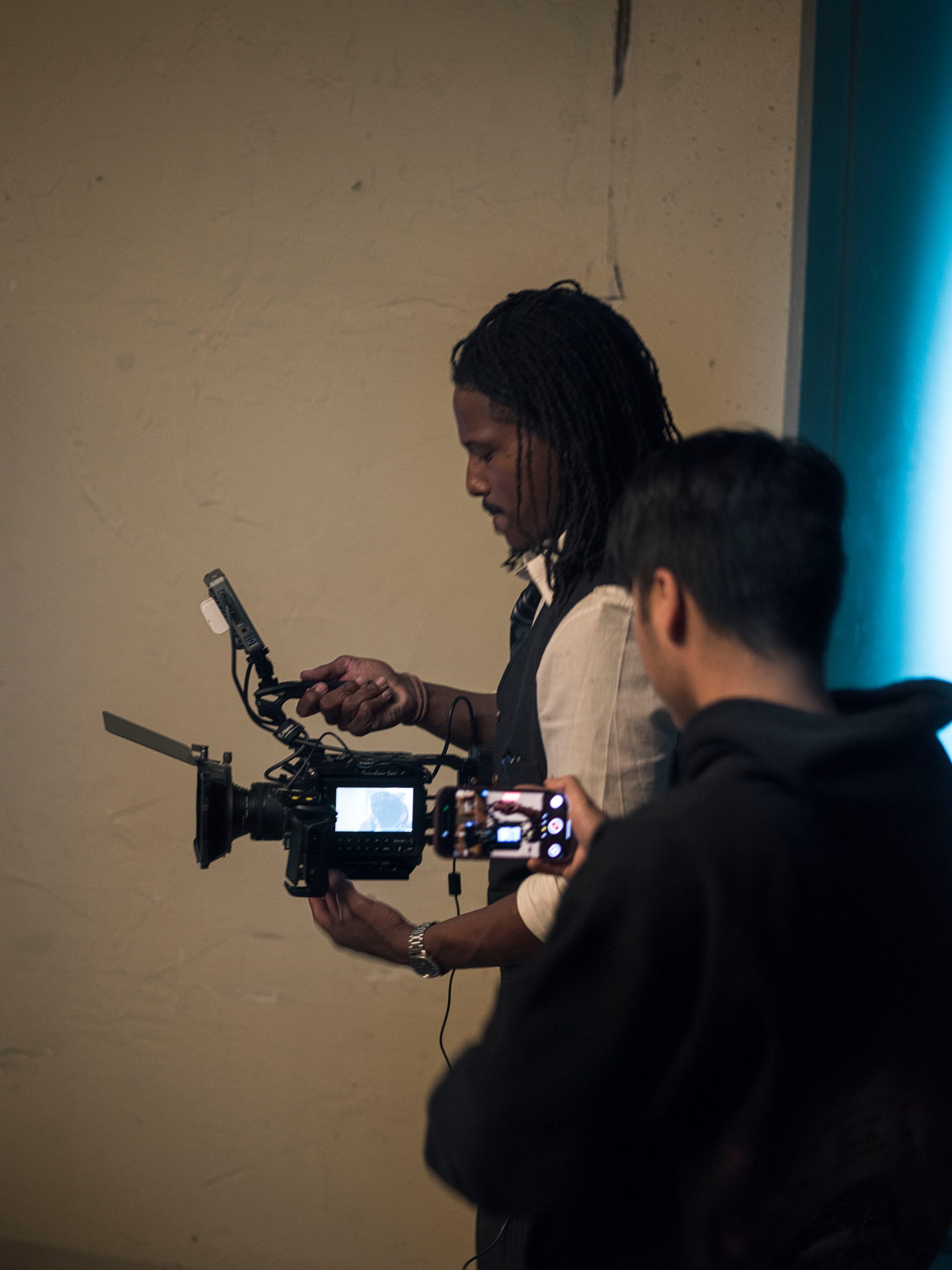
What inspired the premise of A Thin Line Between Love and Blood?
The film delves into the lives of supernatural monster hunters, which is an idea that fascinated me for a long while. The concept of exploring not just the hunt but the personal questions and dilemmas faced by the hunters themselves—particularly through our characters Riley and Simon—was a narrative space that felt rich and intriguing to explore.
Your team managed to pull together the entire production in less than a week. What was that experience like?
Our director was called to participate in a 72-hour film contest, which set the stage for an intense yet exhilarating experience. We had one day to film, starting at 9 a.m. and wrapping by 8 p.m. The compressed timeline pushed us to be incredibly efficient, and the synergy among the crew was phenomenal. Everyone, from hair and makeup to stunts, worked seamlessly together, allowing us to finish early and even capture additional insert shots.
What was the biggest challenge you faced during filming, and how did you overcome it?
The most challenging moment was undoubtedly dealing with the pump-action shotgun prop. It refused to function correctly, and we spent nearly an hour sweating it out, trying to capture the scene perfectly. It was a test of patience and teamwork, but ultimately, we got the shot. The experience was both stressful and hilarious, and it brought the crew closer together.

Were there any surprises during the filming process?
The most pleasant surprise was the image quality from our Blackmagic Pyxis 6K camera. Initially, I suggested bringing new lenses to the set, but our director insisted on using vintage glass. Viewing the final product, I realized how right he was—the images were stunning. Additionally, our location proved to be much more versatile than anticipated, which sparked ideas for extra scenes that we unfortunately couldn't shoot due to time constraints.
You mentioned using vintage lenses. How did that choice impact the final film?
Using vintage lenses added a unique texture and depth to the visuals, complementing the film's supernatural theme. It reinforced the idea that sometimes traditional tools can offer new, unexpected perspectives, even in modern digital filmmaking.
What advice would you give to filmmakers attempting a similar challenge?
First and foremost, have fun with it. But also ensure you have a solid understanding of the tools and experience you bring to set. Filmmaking is a thrilling adventure, but nothing beats the satisfaction of creating a quality project that you can proudly share.
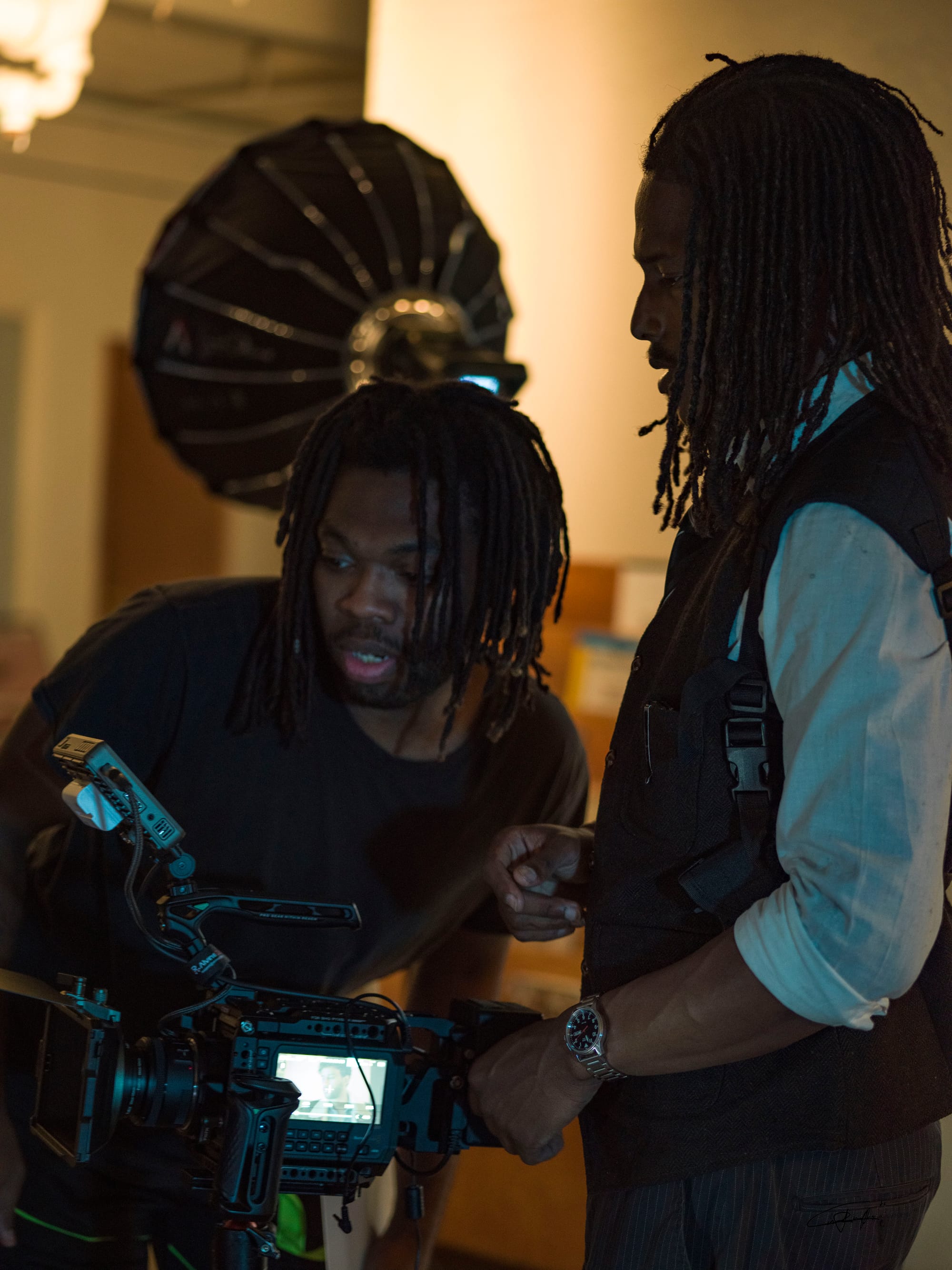
Reflecting on the project, is there anything you'd do differently next time?
If given the chance, I’d definitely extend the film's length and perhaps incorporate a second camera to provide more options for the director. The predominant feedback we've received is that viewers wished it was longer, which is both a compliment and a lesson for future projects.
How did participating in CFA’s Collab Sheet influence your production?
Our director introduced us to some amazing new collaborators through CFA. These connections have extended beyond this project, leading to support at various venues and even new working relationships.
Any shoutouts or special mentions you'd like to make?
Absolutely. A huge shoutout to our makeup artist, Zoe Berner, who crafted a monster so detailed that we couldn't showcase all her work. Also, a nod to Lauren Kong for her outstanding performance as the monster. Their contributions were invaluable to the film's success.
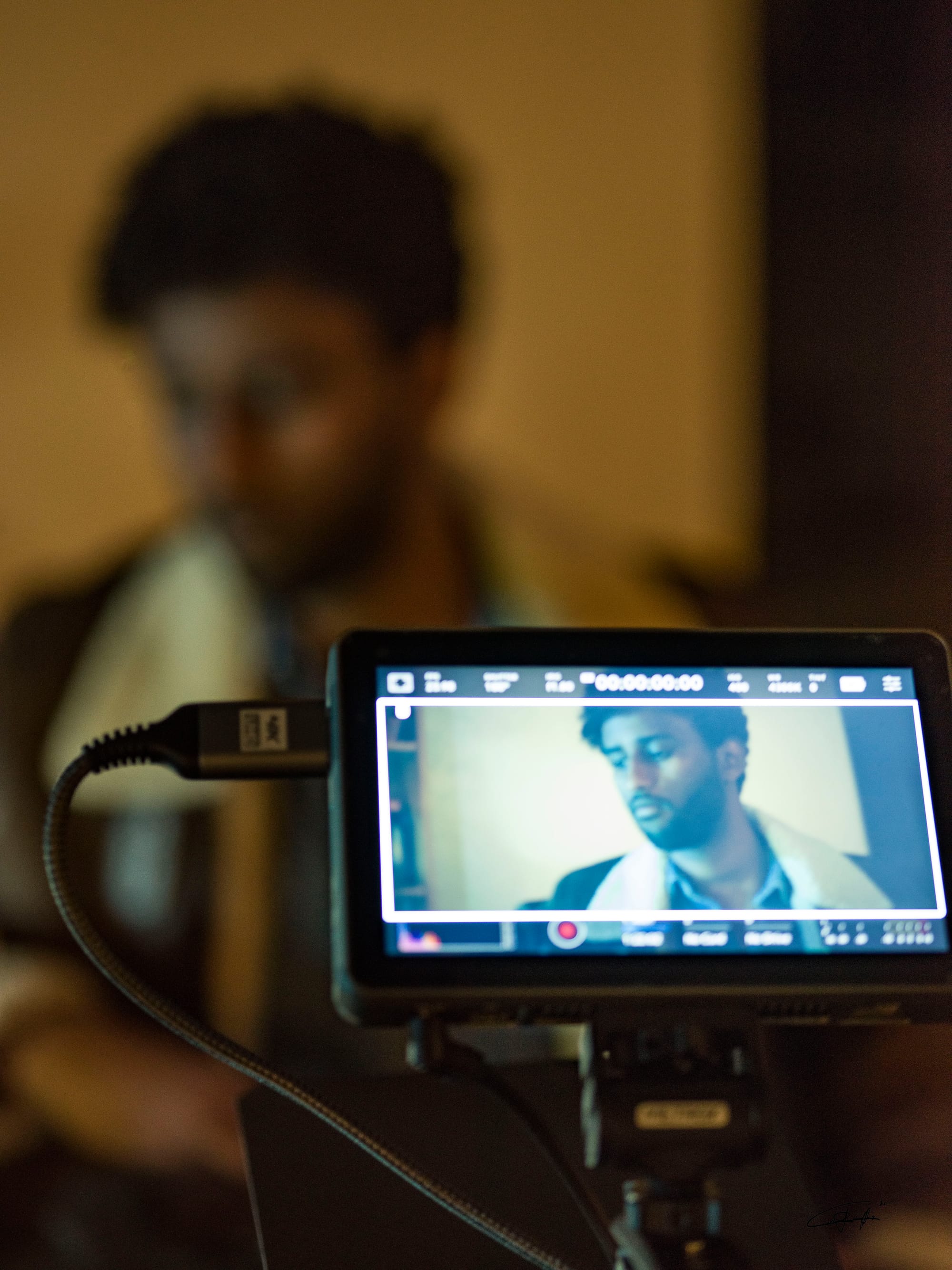
"The most pleasant surprise was the image quality from our Blackmagic Pyxis 6K camera, demonstrating the magic of vintage lenses in a digital age."
"The compressed timeline pushed us to be incredibly efficient, and the synergy among the crew was phenomenal."
"Filmmaking is a thrilling adventure, but nothing beats the satisfaction of creating a quality project that you can proudly share."

